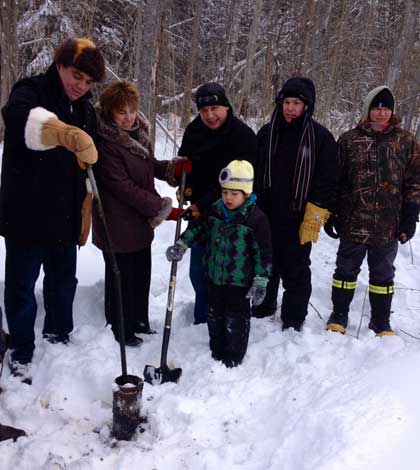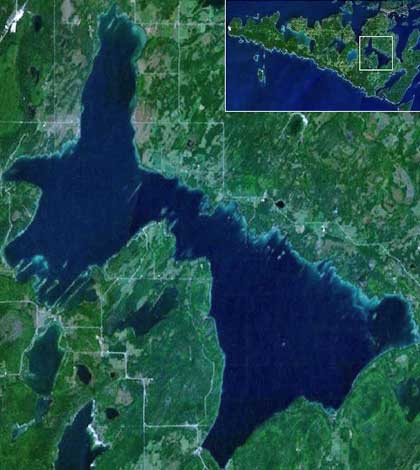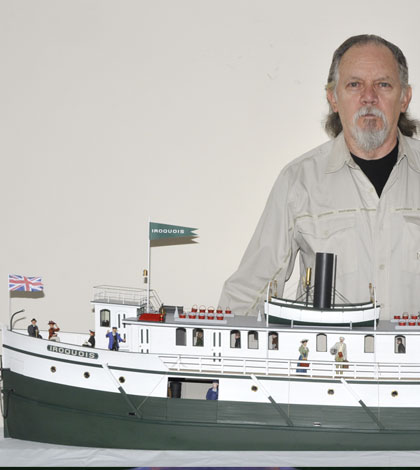WIKWEMIKONG—King’s Day, the Epiphany, comes at the end of the 12 Days of Christmas and has long been celebrated in Wikwemikong, but this year the community had another special reason for celebration as January 6 was the beginning of the end for two leaking oil wells that have been troubling the community for neigh onto a century—leaving only 50 or 60 wells left to go.
The community gathered in the community centre for a morning pipe ceremony to the youthful delivery of an opening song performed on the hand drum and sung by five-year-old Pahquis Trudeau, followed by presentations by Chief Duke Peltier and resources coordinator Stitch Manitowabi, and comments by Algoma-Manitoulin-Kapuskasing MP Carol Hughes and Councillor Erronal Gray of the Indian Resource Council (IRC). The IRC is an advocacy organization of oil-producing First Nations communities and assists those communities in dealing with issues regarding oil and gas resources.
Ms. Hughes’ remarks centred on the need to ensure that the federal government should continue to fund the proper capping and rehabilitation of all oil and gas wells abandoned on First Nation territories under the government’s watch.
The IRC representative outlined the process that would be undertaken to cap the two wells whose rehabilitation is to be funded by the federal government.
“These wells are not only going to be capped and properly sealed, the land around them will be rehabilitated,” said Chief Peltier. An important factor considering in some cases the wells have been in place for almost a century.
Following the presentations and a community feast, the assembly travelled to the site of one of the leaking oil wells for a ground breaking ceremony.
One of the two wells slated for rehab already has a service rig onsite, just awaiting a final permit from the federal government to begin work. The other pipe will require a lot more finesse, as it lies between two existing homes and has a nearby power line to complicate matters.
Eastern Oil Field Services, the successful contractor that bid to complete the work on the leaking wells, highlighted the process.
In the case of the first well, the existing failing plug (concrete and sometimes including a cedar plug) will be removed and the pipe cleared of any oil and water. A new, more advanced concrete plug will then be poured and cured in the pipe. The concrete in the new plug is specially formulated to resist corrosion from sulfur, even though the company said it was not anticipating that being a problem at these sites.
The pipe will then be cut at least six feet from the top and welded shut, then the ground regraded following soil testing to determine the level of contamination.
Number two well will require shielding of some sort be put in place to prevent the 40-plus foot service rig from coming into contact with the 30-foot high hydro wires.
The GPS locations of the wells will be recorded for future reference.
Although finally having these two wells properly capped and dealt with is a cause for celebration, Chief Peltier noted that there are still far too many leaking and suspect wells in the community.
“There is another leaking well just 200 metres away from the one that is leaking between the two houses,” he said. “There are a lot more that need to be done, this is just the beginning of this journey.”
Chief Peltier said that his community is being given the story by the government that there is only so much money available for this work each year, but he said he isn’t buying into that.
“I don’t think you can place an artificial cost on the environment,” he said, “or the health of the community. We don’t know if it has entered the water system.”
Golder Associates has been hired to conduct oil sampling to determine the extent of the contamination from the wells.





